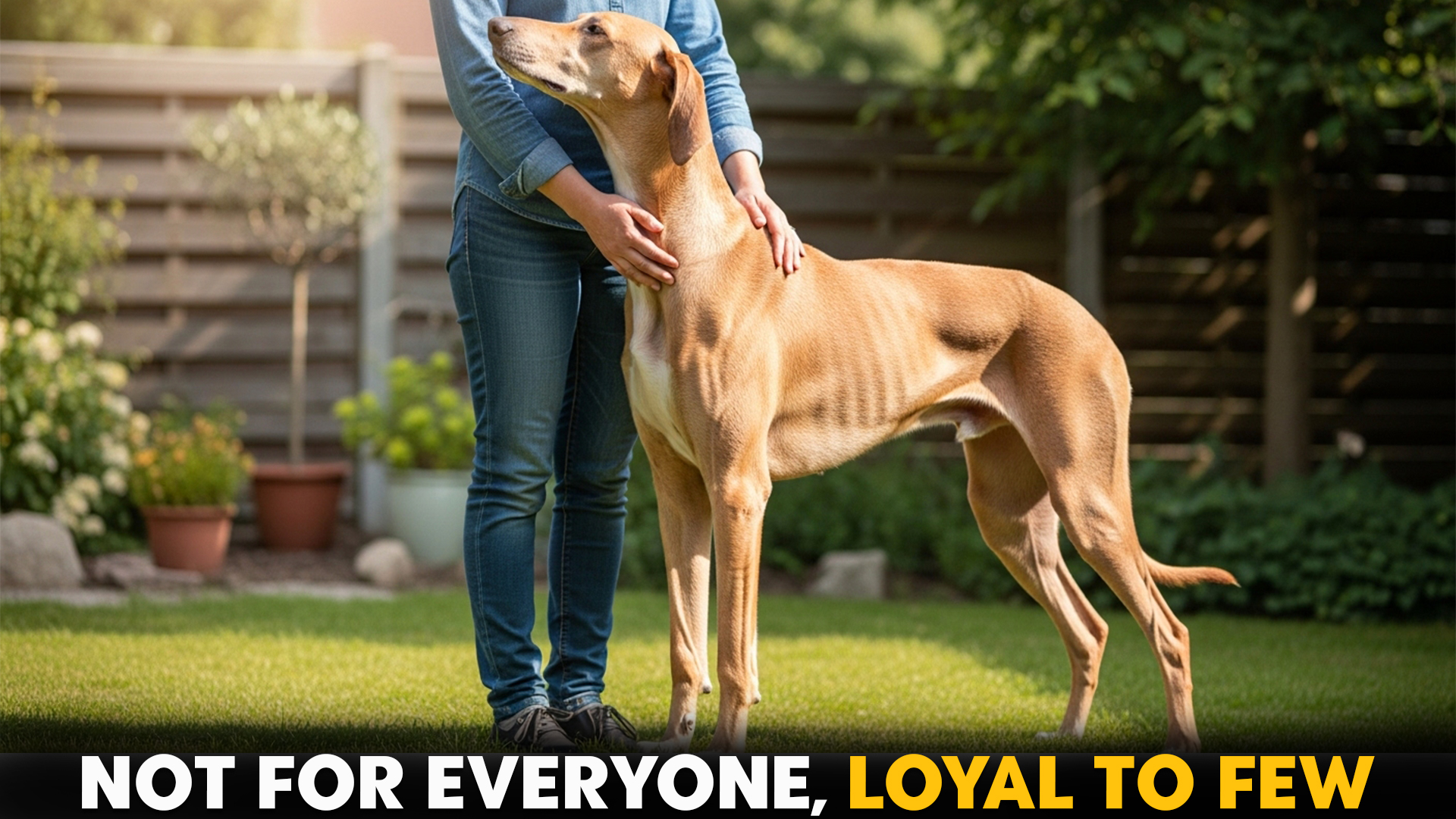When it comes to choosing a dog, there’s more to consider than a wagging tail and a cute face. Every breed has its own temperament, instincts, and energy levels—and while some thrive as affectionate companions, others are more reserved, territorial, or wary of strangers.
For first-time owners or families seeking an easygoing pet, these less sociable breeds can be challenging without experience and patience.
It’s important to remember that being “unfriendly” doesn’t mean a dog is unloving—it often reflects traits rooted in history. Many of these breeds were developed for tasks like guarding, hunting, or herding, where independence, focus, and caution were essential.
In this guide, we’ll uncover the least friendly dog breeds ever—dogs that may not greet every stranger warmly but offer fierce loyalty and devotion to those they call family.
Least Friendly Dog Breeds Ever
1. Azawakh
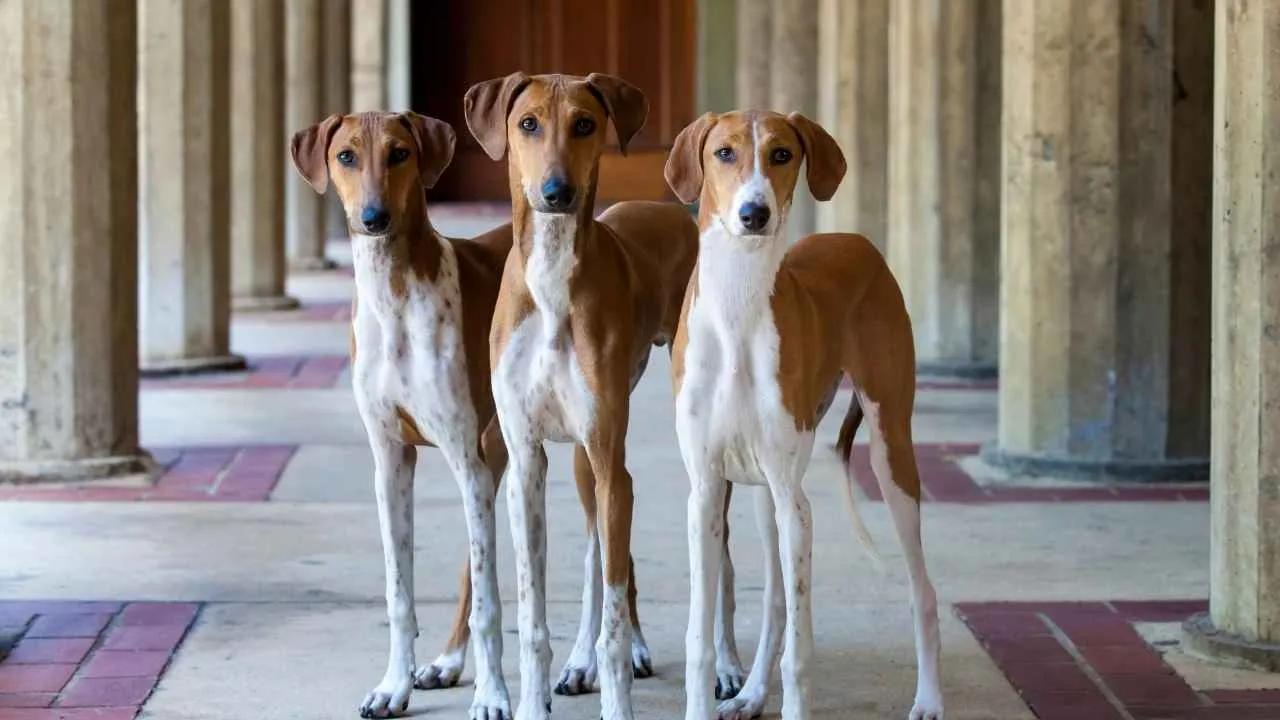
The Azawakh, also known as the West African Sighthound, is a tall and slender breed originating from Mali, Niger, and Burkina Faso. With its fine, short coat and lean frame, this ancient hunting dog reflects centuries of adaptation to desert life, where speed, endurance, and awareness were essential for survival.
Known for their independence and aloof demeanor, Azawakhs often form deep bonds with their families but remain reserved or distant toward strangers. This wariness isn’t aggression—it’s instinctual caution developed over generations of guarding nomadic camps.
Their strong territorial sense and preference for familiarity make early and consistent socialization vital to help them adapt to various social situations.

Without structured training and exposure, this breed’s strong will and independent streak can make interactions challenging, especially with guests or unfamiliar dogs. Firm, patient handling helps them balance their natural reserve with polite confidence in new environments.
Interestingly, the Azawakh’s ancestry dates back over a thousand years, where they were bred by nomadic Tuareg tribes to hunt gazelles across the Sahara Desert, showcasing both elegance and endurance.
2. Presa Canario
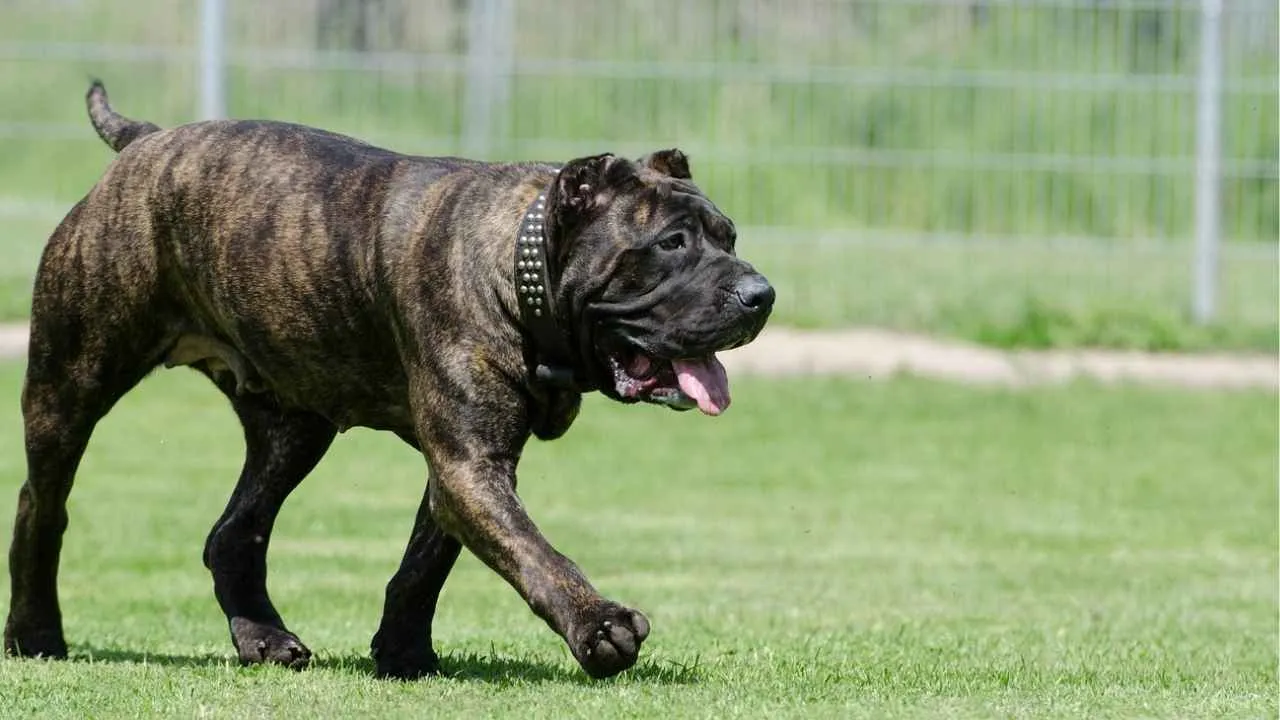
Also known as the Perro de Presa Canario or “Canary Catch Dog,” the Presa Canario is a large, muscular Molosser breed with a striking black mask and calm, confident stance. PetMD explains that the Presa Canario is a mastiff-type breed with a commanding appearance that reflects its long history of performing serious working roles.
Known for their unwavering loyalty, Presa Canarios form deep attachments to their families but remain cautious around outsiders. Their natural guarding instincts make them protective and territorial, traits that require early socialization and firm, consistent leadership.
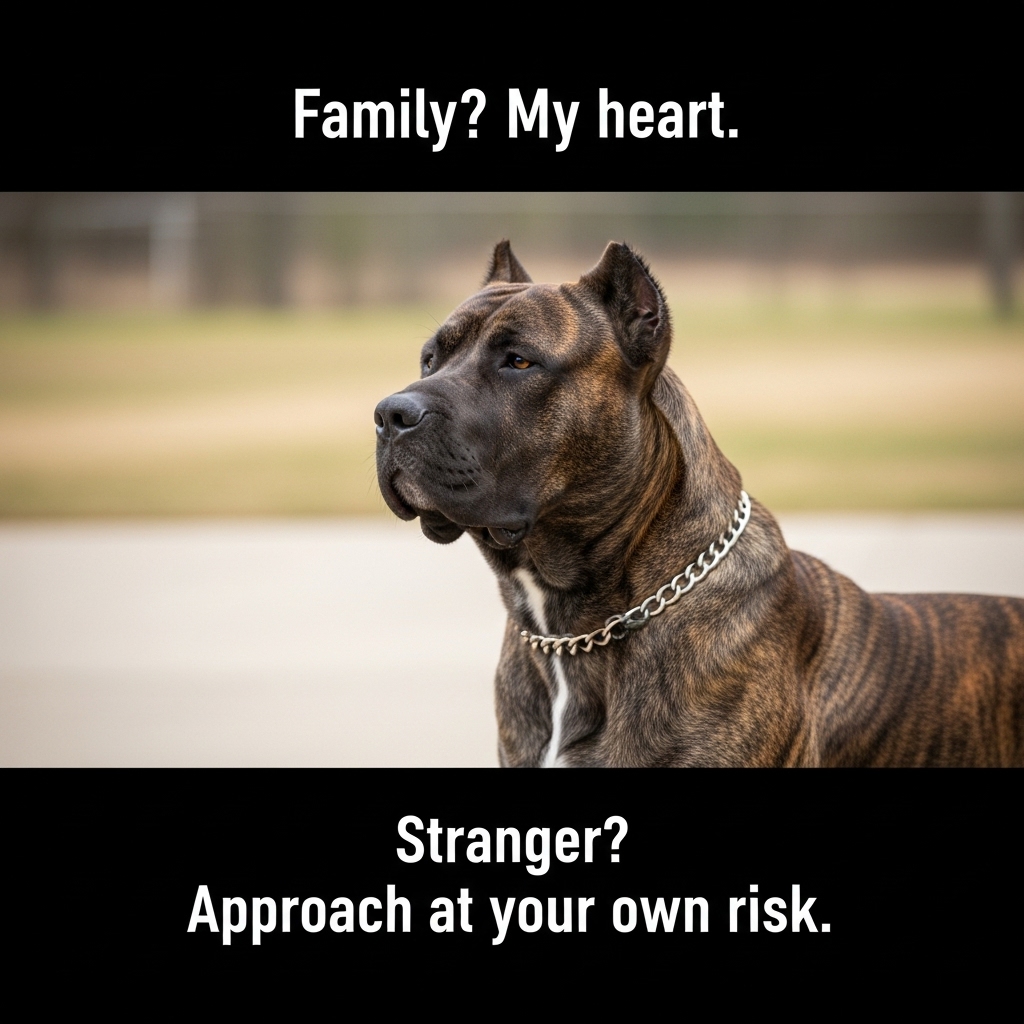
Without proper training, they may struggle to distinguish between real and perceived threats, especially in unfamiliar environments.
Though relatively low-energy, these dogs need regular mental and physical stimulation to stay balanced. A trained dog becomes a devoted household guardian, but a neglected one can develop distrustful or defensive behaviors. Due to their wary nature, they may not thrive in multi-pet homes or around other dogs.
With a 540 PSI bite force, the Presa Canario ranks among the most powerful breeds in the world—reinforcing why guidance, respect, and structure are essential for safe companionship.
🎧 Dogcast
Episode 12 — If Dogs Could Talk: Why Do Humans Go to the Gym When the Park Exists
If you don’t hear sound, tap the button above to enable audio.
3. Alaskan Klee Kai
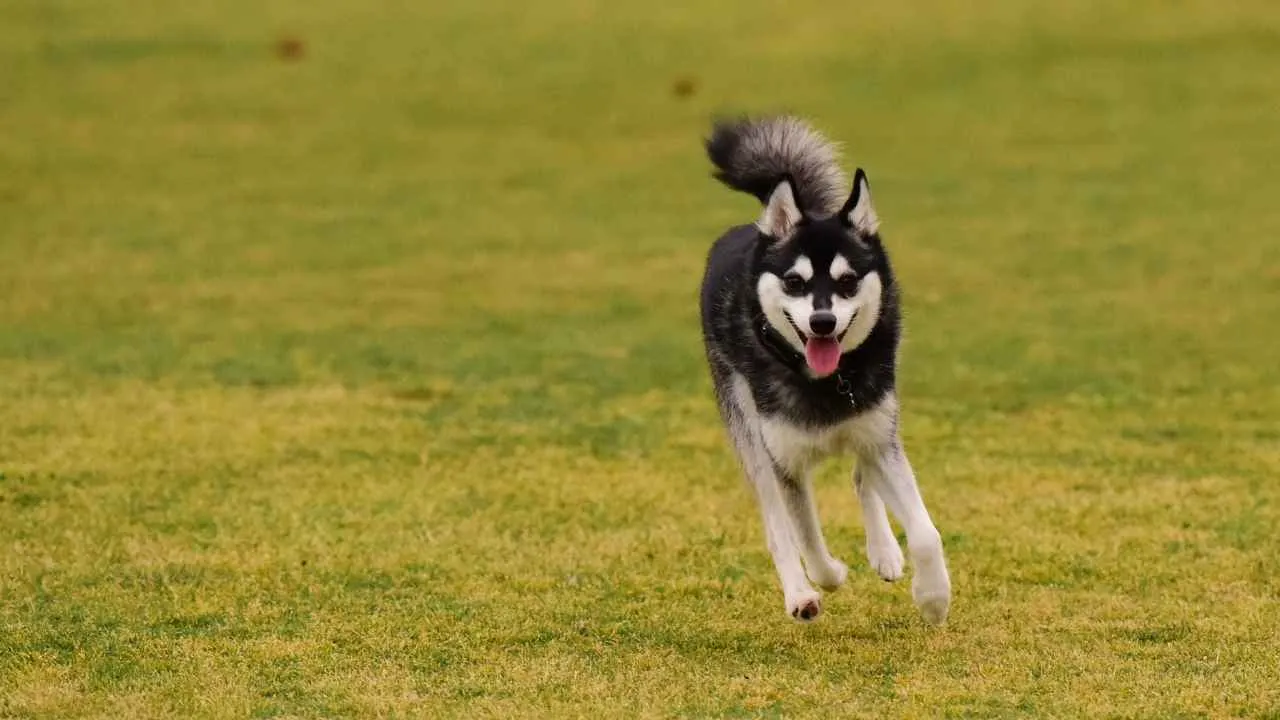
Also known as the “Mini Husky,” the Alaskan Klee Kai is a compact, alert, and intelligent breed that mirrors the appearance of its larger northern relatives. The Alaskan Klee Kai is a small U.S.-bred dog with medium, wiry fur.
Despite their lively and curious nature, Klee Kai are notably reserved with strangers. Their natural wariness can make them appear aloof or distant, especially in new environments or around unfamiliar faces. Early socialization is vital to help them adapt to changing surroundings and manage their tendency to be selective about whom they trust.
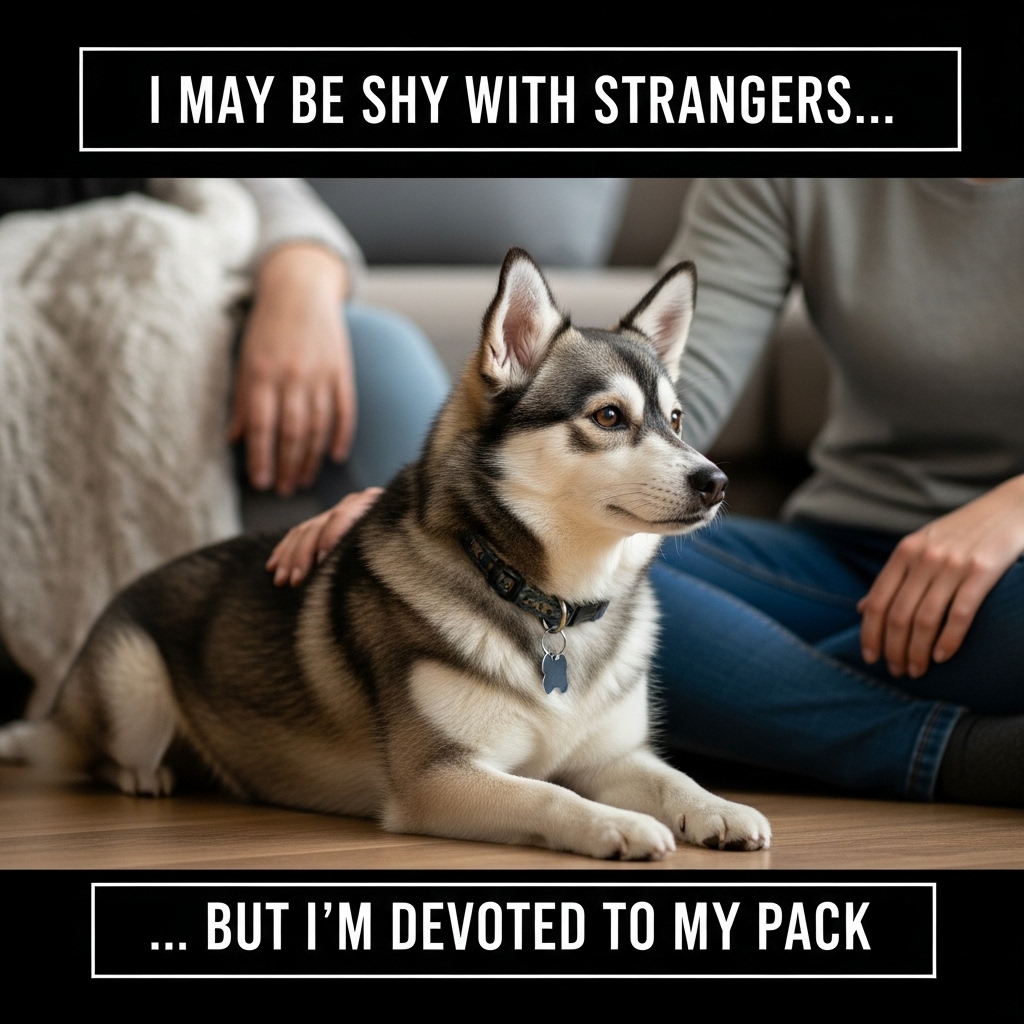
Because of their high intelligence, these dogs may also show signs of independence and stubbornness, requiring consistent positive reinforcement. Without structured training, their cautious instincts can evolve into shyness or reactivity, particularly when confronted with unexpected visitors or noisy situations.
Although not inherently unfriendly, Alaskan Klee Kai form deep bonds with their families and often prefer a small, familiar circle over large gatherings.
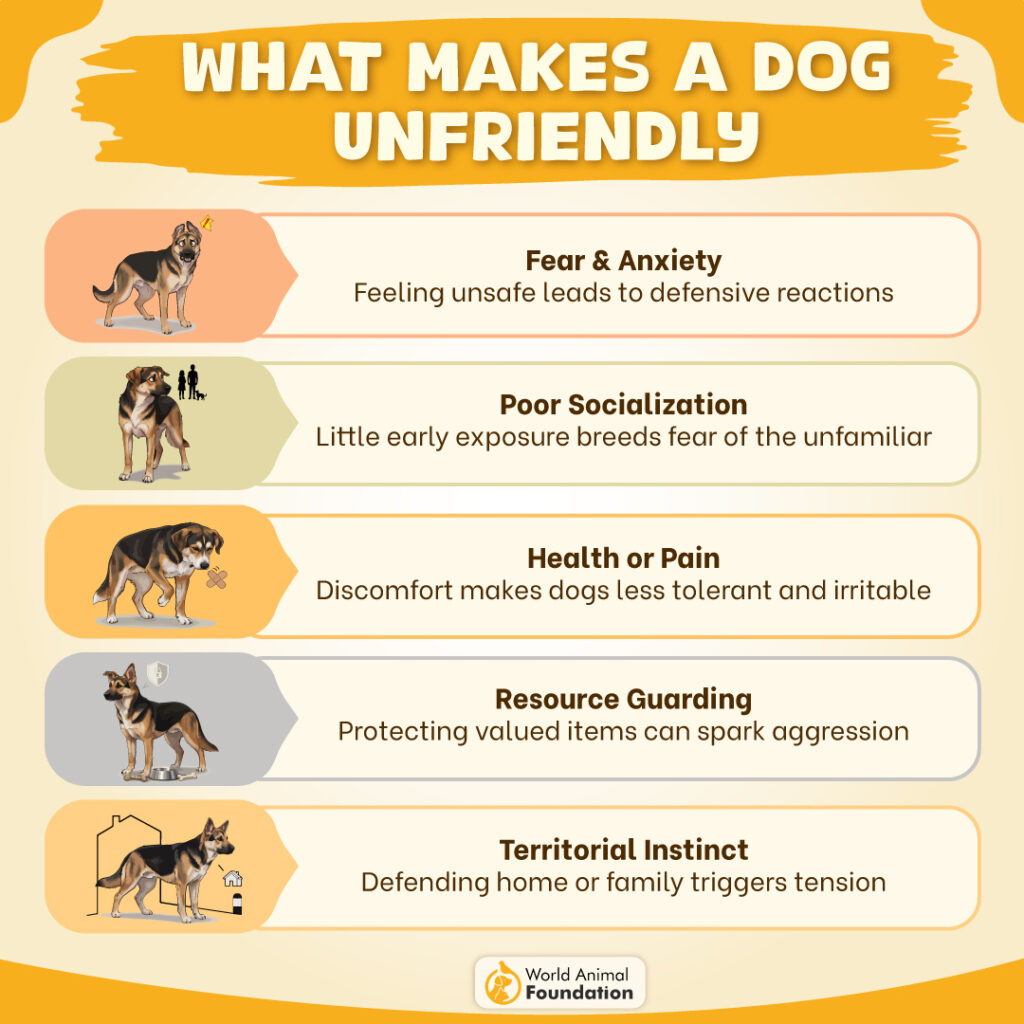
Fun fact: They come in three sizes—Toy, Miniature, and Standard—and were first bred in Alaska to be companions rather than working sled dogs.
4. Korean Jindo Dog
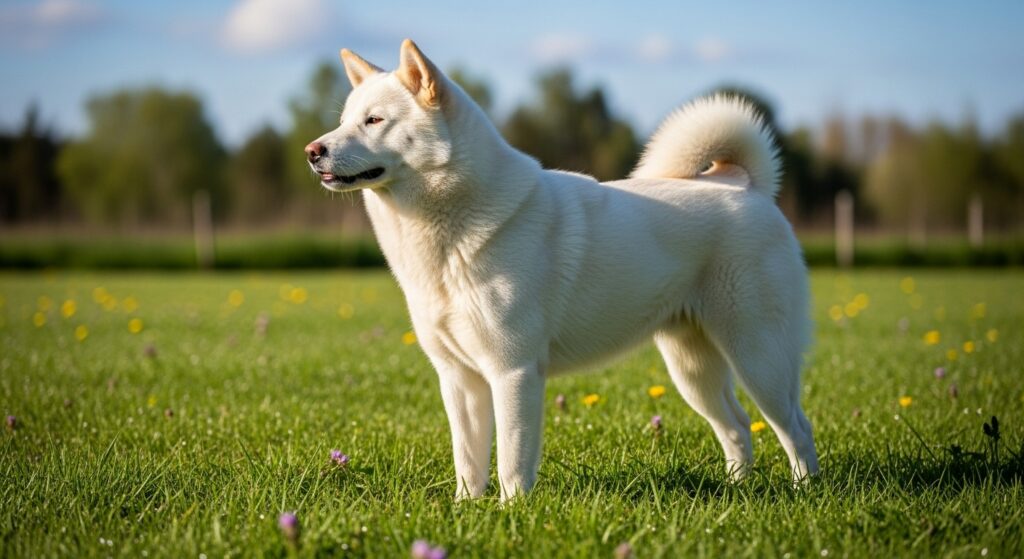
Also known as the Jindo-kae or Chindo, the Korean Jindo Dog is a medium-sized spitz breed native to South Korea’s Jindo Island. Recognized for its upright triangular ears, curled tail, and dense double coat, this breed is admired for its alert expression and independent spirit.
The Jindo’s aloof demeanor makes it less welcoming toward strangers and other animals, particularly dogs of the same sex.
Its independent mindset and strong protective instincts mean it thrives under experienced owners who understand firm, consistent leadership. Without clear boundaries, this breed can become overly territorial and challenging to manage.

Unlike social breeds that crave constant affection, Jindos value respect over reassurance. They form deep bonds with one person, demonstrating intense devotion but little interest in unfamiliar faces or casual playmates.
Because of their keen intelligence and instinctive caution, Jindos require patient socialization from an early age. With proper guidance, they transform into dignified guardians—steadfast, clean, and self-reliant.
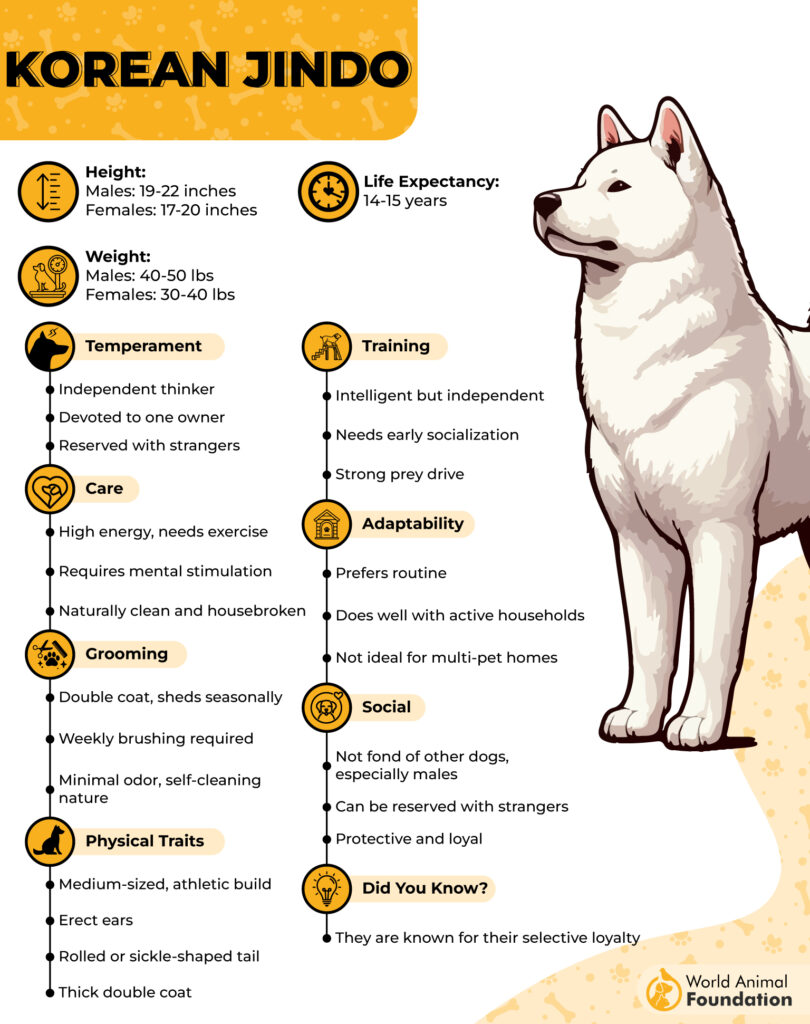
Fact: The Jindo is so revered in South Korea that it was designated Natural Monument No. 53 for its exceptional loyalty and heritage.
5. Chow Chow
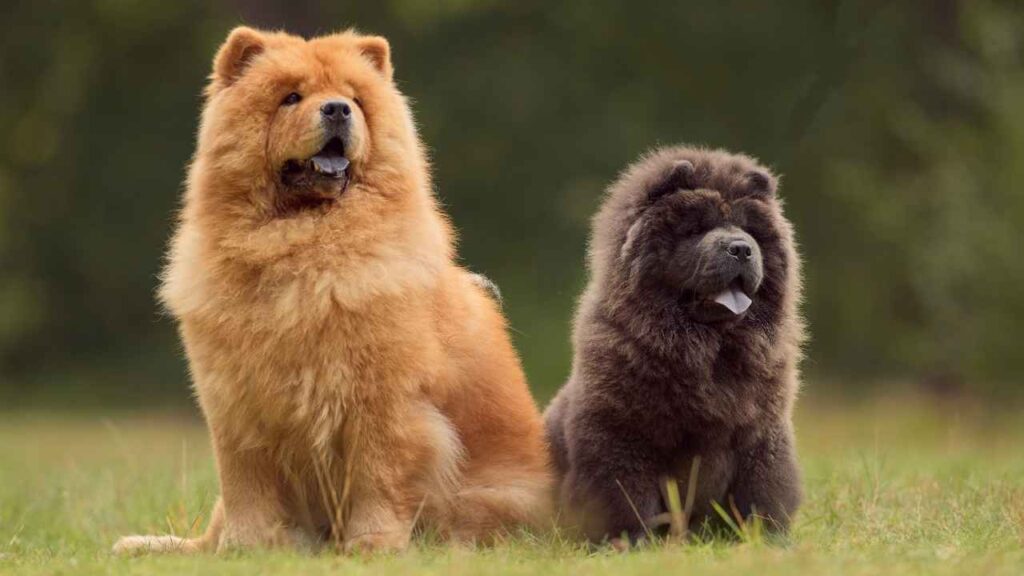
The Chow Chow, also known as the Songshi Quan (“puffy-lion dog”), is one of China’s most ancient breeds, famous for its lion-like mane, deep-set almond eyes, and signature blue-black tongue. With a sturdy, compact build and thick double coat, this dignified dog stands as a symbol of independence and quiet confidence.
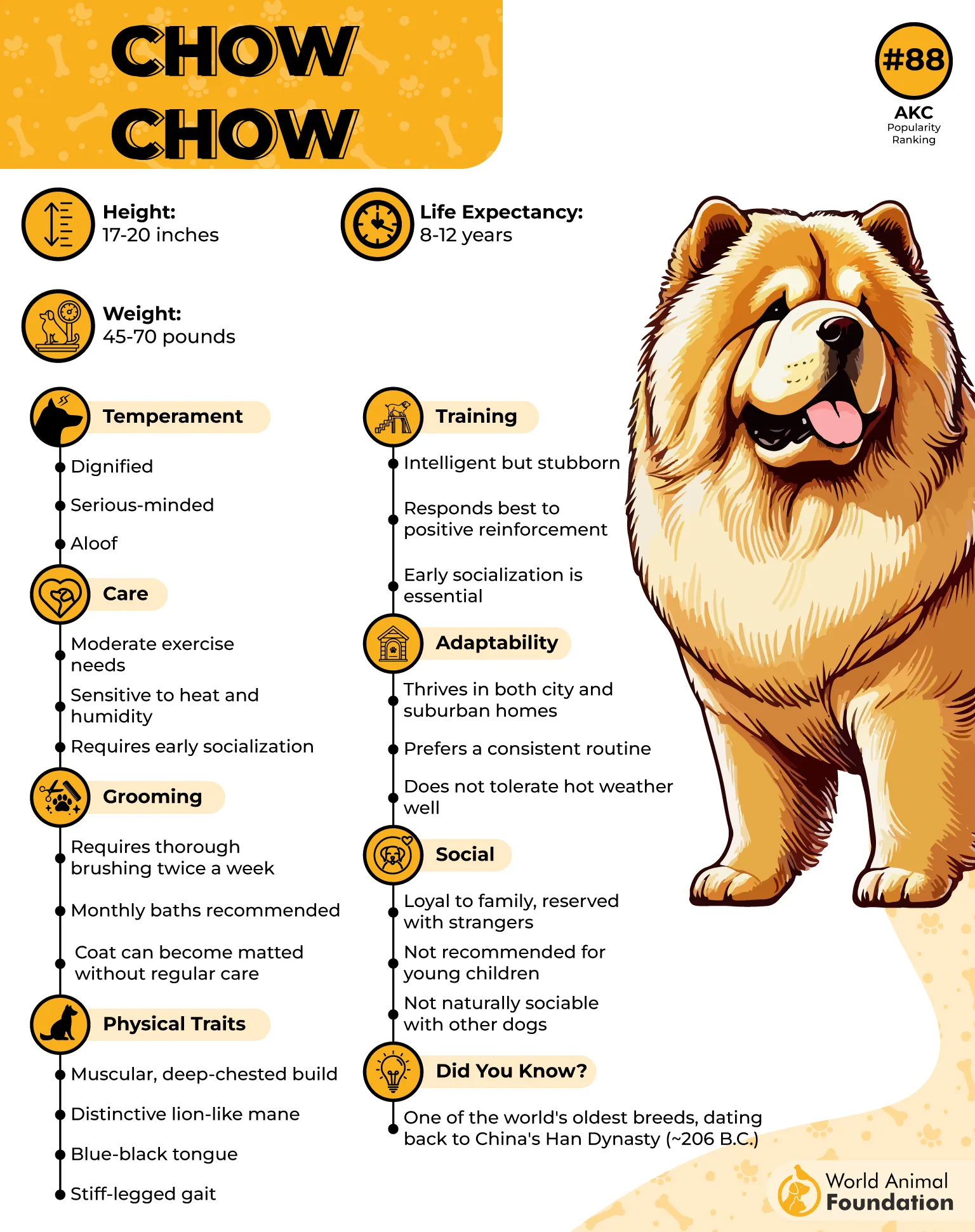
Chow Chows are known for their aloof temperament and strong-willed nature, which can make them seem unfriendly to strangers. Their loyalty runs deep, but their affection is reserved only for those they trust.
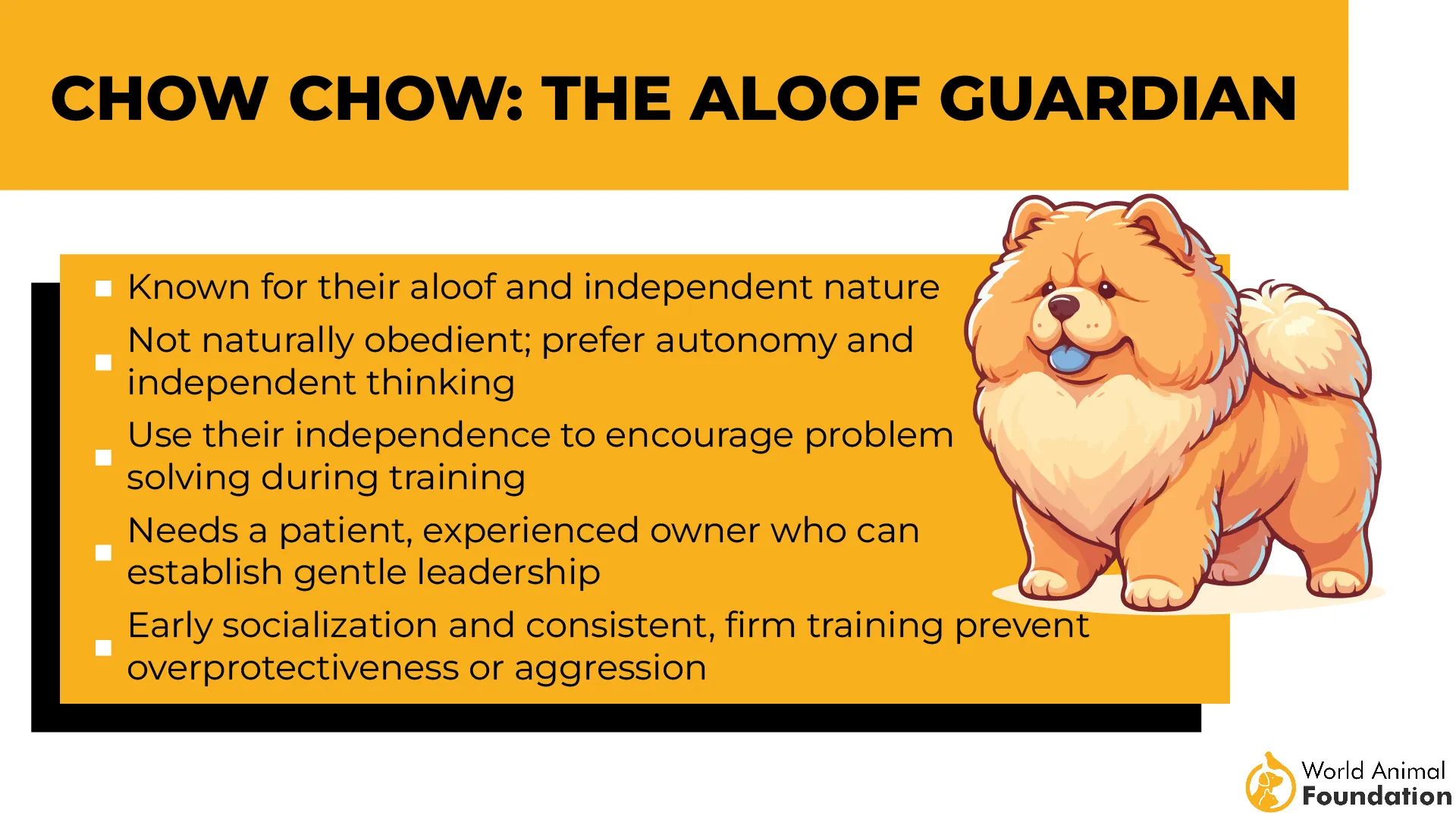
Without early socialization and obedience training, these dogs may develop territorial or defensive behaviors—making it crucial to expose them to various people and environments from a young age.
Because of their independent streak, these protective dogs often resist repetitive commands and need patient, consistent training reinforced with positive methods like praise and treats. Harsh corrections can backfire with this proud breed, so calm leadership is essential for success.
Despite their serious demeanor, well-trained and fiercely loyal dogs make devoted family protectors. Interestingly, they are considered among the cleanest dog breeds, known for easy housebreaking habits and a cat-like sense of personal hygiene.
6. Anatolian Shepherd Dog
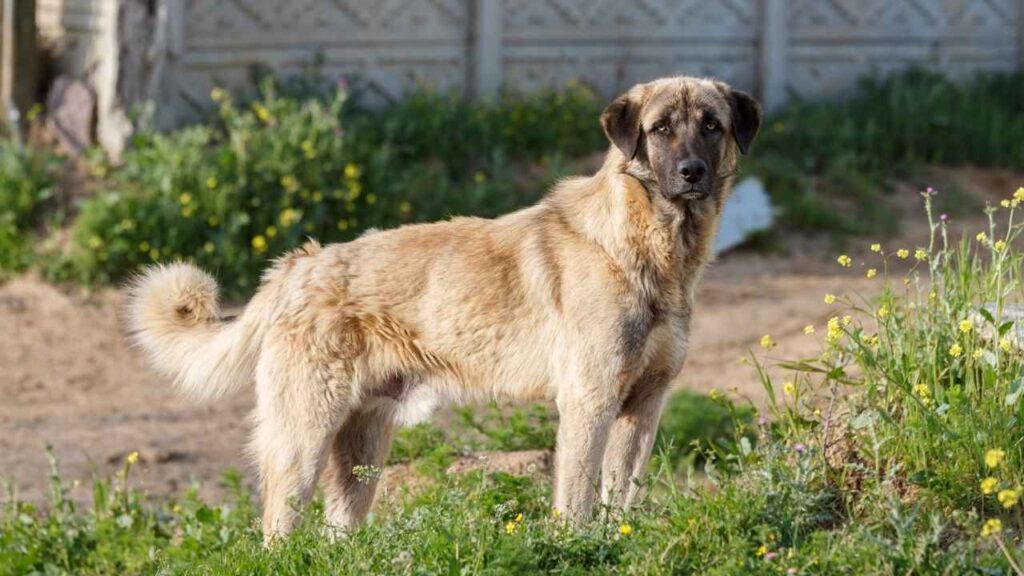
Also known as the Kangal Dog or Anatolian Karabash, the Anatolian Shepherd Dog is a powerful, ancient guardian breed hailing from the rugged landscapes of Turkey. This imposing dog stands as a muscular, steadfast protector with a deeply independent streak.
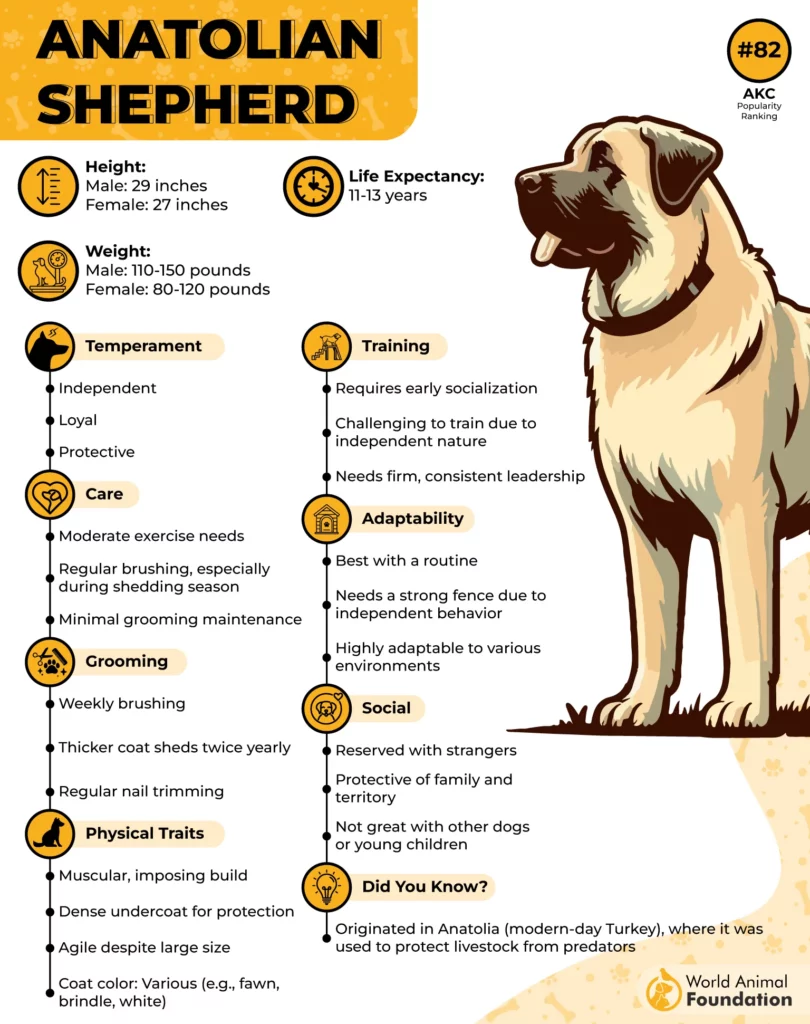
These dogs are naturally wary of strangers, making them excellent watchdogs but sometimes challenging family companions for inexperienced owners.
Their strong territorial instincts mean they need consistent training and firm leadership from an early age to learn appropriate social behavior. Without proper boundaries, they may view unfamiliar guests or other dogs as intruders.
Although loyal to their human family, Anatolian Shepherds are not overly affectionate or playful, especially with small children. Their sheer size and protective drive can make them overwhelming in busy households, so supervision around young kids is essential.
With other pets, Anatolians may display dominance or aloofness, particularly toward animals outside their “flock.” Early socialization and controlled introductions are crucial.
Fun fact: This breed’s lineage dates back over 6,000 years, tracing to Bronze Age livestock guardians in the Anatolian region.
7. Chihuahua
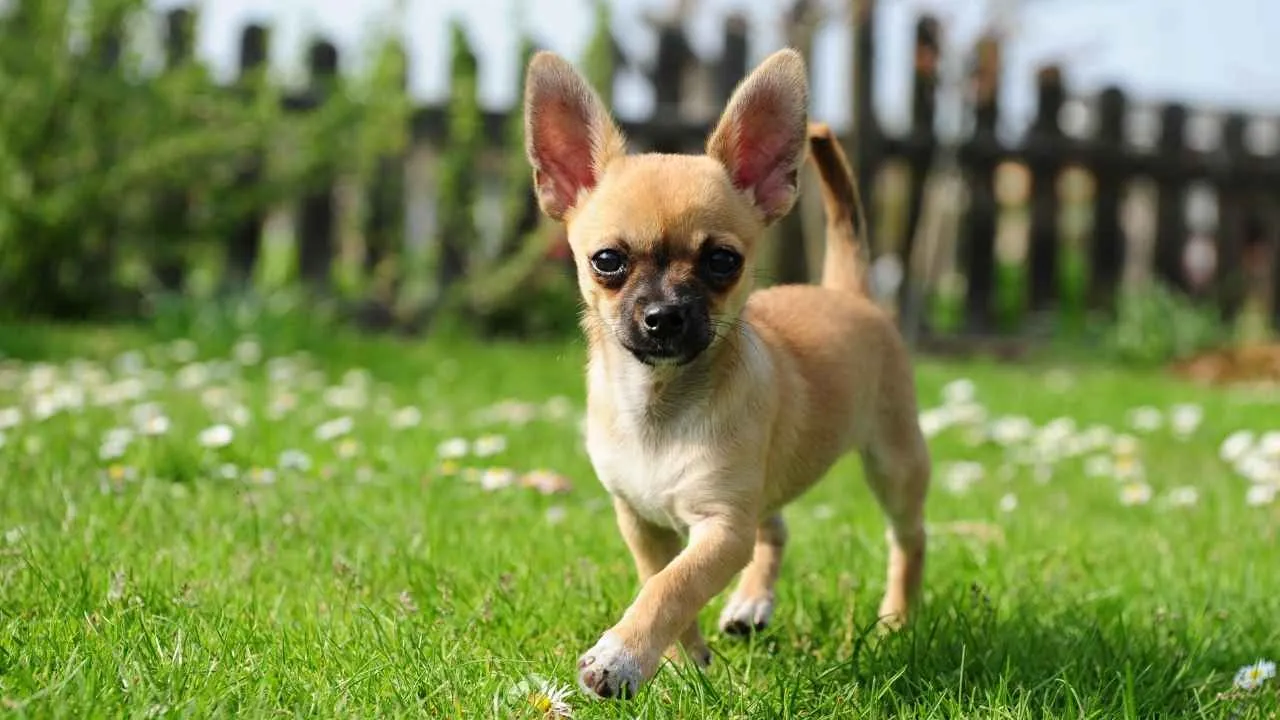
The Chihuahua, also known as the “purse dog” or “apple head,” may be tiny, but its attitude is anything but small.
The AKC describes the Chihuahua as a bold dog. Recognized as a national symbol of Mexico, this lively and entertaining breed is one of the oldest in the Americas, tracing its ancestry to the ancient civilizations of pre-Columbian times.
Their small stature often leads people to underestimate them, but Chihuahuas are known for being one of the least friendly dog breeds when not properly socialized.
Many exhibit defensive behavior, barking excessively or snapping when startled. This stems from fear and a strong instinct to protect their space, making them wary of strangers and other animals.
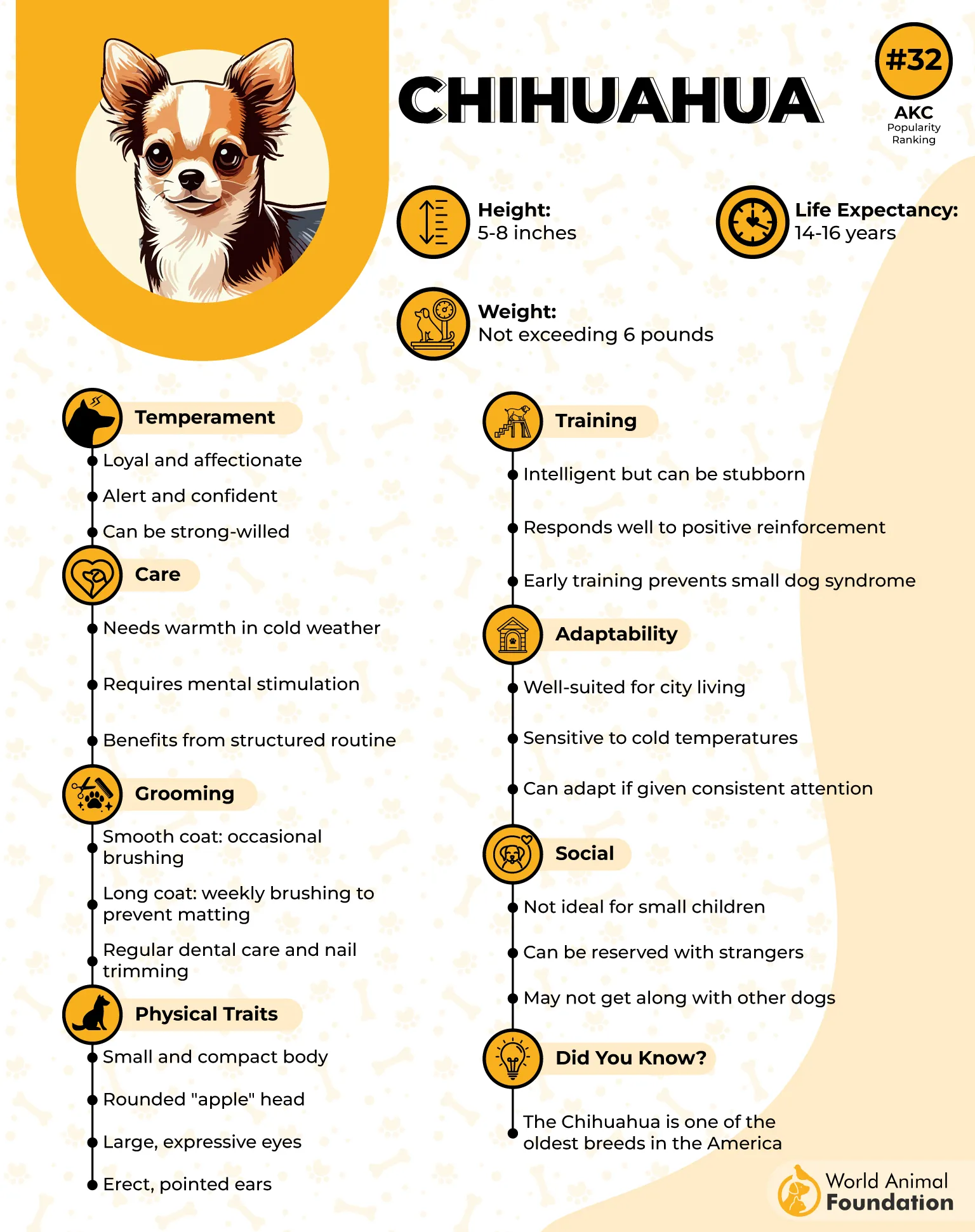
Early obedience training and socialization from a young age are crucial to managing their assertiveness. Without structure, they can become possessive, nippy, and difficult to handle—especially in busy households. Their intelligence makes them trainable, but they respond best to gentle, consistent reinforcement.
Due to their tendency to bond closely with one person, Chihuahuas may show jealousy toward others, a trait that contributes to their reputation for being aloof. Interestingly, the Chihuahua is one of the oldest dog breeds in the Americas, tracing back to ancient kingdoms in pre-Columbian times.
Conclusion
Not every dog fits neatly into the category of “friendly,” and that’s perfectly okay. Some breeds are naturally more reserved, independent, or protective — traits that can be misinterpreted as unfriendly but often reflect intelligence, loyalty, and a strong sense of territory. While popular dog breeds like the Golden Retriever, Labrador Retriever, or Cavalier King Charles Spaniels are praised for their outgoing personalities, others—such as those featured in this list—require more understanding, patience, and trust-building to reveal their affectionate sides.
For potential dog owners, knowing the temperament of different breeds is key to finding the right match. Even friendly breeds like the Shih Tzu, Boston Terrier, French Bulldog, or Bernese Mountain Dog can display aloofness if not socialized properly. With positive reinforcement training and early exposure to people and environments, even less sociable dogs can thrive. The American Kennel Club reminds owners that every breed, whether or not among the most popular dog breeds, has unique traits that shine with the right care and consistency.


